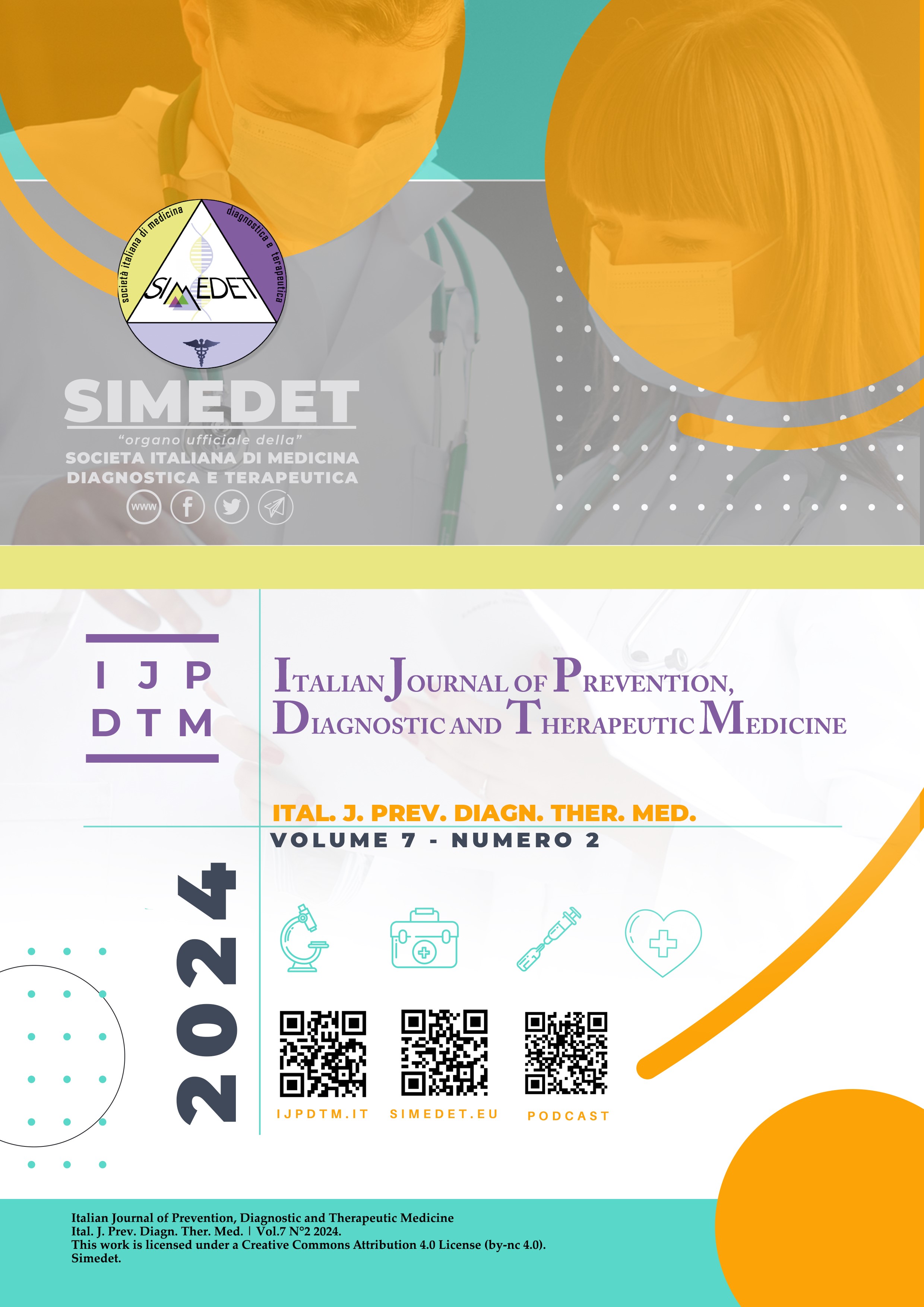The revolution of immunological thinking
Main Article Content
Abstract
What is immunology?
The immune system is a complex system of structures and processes that has evolved to protect us from disease.
Molecular and cellular components make up the immune system. Immunology is a fundamental branch of biological and medical sciences.
The immune system has two lines of defense: innate and adaptive immunity.
Innate immunity is the first immunological mechanism against an intruding pathogen.
Adaptive immunity is antigen-dependent and antigen-specific; it has the capacity for memory, which enables the host to mount a more rapid and efficient response after exposure to the antigen.
If the immune system is not properly functioning various disorders and diseases may be the pathological consequences (allergy, cancer, autoimmunity, infectious diseases, primary and secondary immunodeficiencies).
There is a great deal of synergy between the adaptive immune system and its innate response, and defects in either system can be the origin of many common disorders not only as specific immunologic pathologies, but including various conditions (cardiovascular diseases, gastroenteric alterations, metabolic disorders, neurodegenerative status).
This article provides a general overview including essential points of Immunology background , including different aspects of the immune system to understand critical implications for developing new “biological” therapies like monoclonal antibodies and other related technologies.
Nowadays various research institutions continue the work necessary to improve the inheritance of the XX century analyzing the whole of still living basic problems (development and function of immune response, the role of signals determining the quality of the immune reactions, the tolerance, how is the immune system able/unable to control neoplastic growth, how autoimmune and allergic diseases may be treated using immunological approach, the mechanisms underlying chronic inflammation, the interaction of local/systemic immunity influencing microbes during local immunity response).
Mathematical models and artificial intelligence may be useful tools to better understand the complexity in physiology and pathology of the immune functions.
Downloads
Article Details

This work is licensed under a Creative Commons Attribution-NonCommercial 4.0 International License.
References
- Burnet F.M. - The clonal selection theory of acquired immunity, «Cambridge University Press», Cambridge (1959).
- Steinman R.M., Cohn Z.A., Identification of a novel cell type in peripheral lymphoid organs of mice. I. Morphology, quantitation, tissue distribution - J. Exp. Med. 1973; 137: 1142-1162.
- Parisi G . – A simple model for the immune network Proc Natl Acad Sci – USA 1990; 87: 429-433.
- Corbellini G. – L’evoluzione del pensiero immunologico (1990) Ed. Bollati- Boringhieri.
- Fauci A.S. – Infectious disease: considerations for the 21th century. Clinical Infectious Diseases 2001; 32:675–685.
- Scholthof Karen-Beth G. - The disease triangle:pathogens, the environment and society Nature Reviews Microbiology 2007; 5: 152-156
- Luzi G – Biondi M - L’anticorpo- una storia delle difese immunitarie (2008) Ed GSE Roma
- Thomas-Vaslin V. - Understanding and Modelling the Complexity of the Immune System: Systems Biology for Integration and Dynamical Reconstruction of Lymphocyte Multi-Scale Dynamics-Virtual Physiological Human Conference 2014 Norwegian University of Science and Technology Trondheim, Norway, September 9-12.
- Bernal J. D. - Storia della fisica. Dalla scoperta del fuoco all’età moderna . Ed. Riuniti Univ. Press (2014)
- Aiuti F. – Luzi G. - Il nostro meraviglioso sistema immunitario (2015); Ed. Guerini& Ass. Milano
- Bordon Y. – The many sides of Paul Ehrlich Nature Immunology 2016; 17: 6s
- Davis M.M., Tato C.M., 2 & Furman D. - Systems immunology: just getting started - Nature Immunology 2017; 18: 725 – 732 .
- Didona B, Didona D, Luzi G – Immunodermatologia. La diagnosi a colpo d’occhio. Aracne Editrice. Roma (2019).
- Brasil S., Pascoal C, Francisco R. et al. - Artificial Intelligence (AI) in rare diseases: is the future brighter? Genes 2019, 10(12), 978 [ https://doi. org/10.3390/genes10120978].
- Silvestri G. - Uomini e virus: storia delle grandi battaglie del sistema immunitario Ed- Le Scienze, 2020.
- Bottaro A., Brown D.M., Frelinger J.G. - Editorial: The present and future of Immunology Education. Front. Immunol. 12:744090. [doi: 10.3389/ fimmu.2021.744090].
- Baker R.E, Mahmud A.S., Miller I.F. et al. - Infectious diseases in an era of global change. Nature Reviews | Microbiology 2022; 20: 193 – 205.
- Martin Flajnik et al. – Paul’s Fundamental Immunology. Wolters Kluwer Health (2022).
- Nature Immunology – Editorial: Cancer Immunology leads the way. 2023; 24: 1963.
- Kumar M. - Quantum. Da Einstein a Bohr, la teoria dei quanti, una nuova idea della realtà Ed. Mondadori, 2023.
- Leslie M. - Megaproject will chart human immune diversity – Science 2024; 383:13-14
Madhusoodanan J. Colpire il cancro. Risparmiare i malati. Le Scienze 2024; 669: 34-39.

